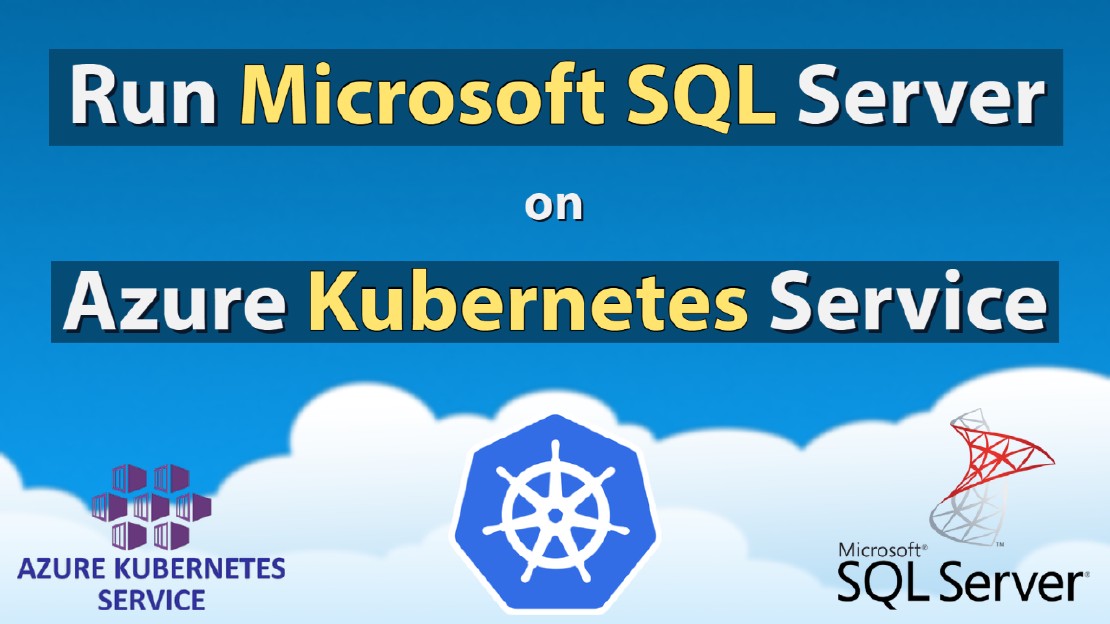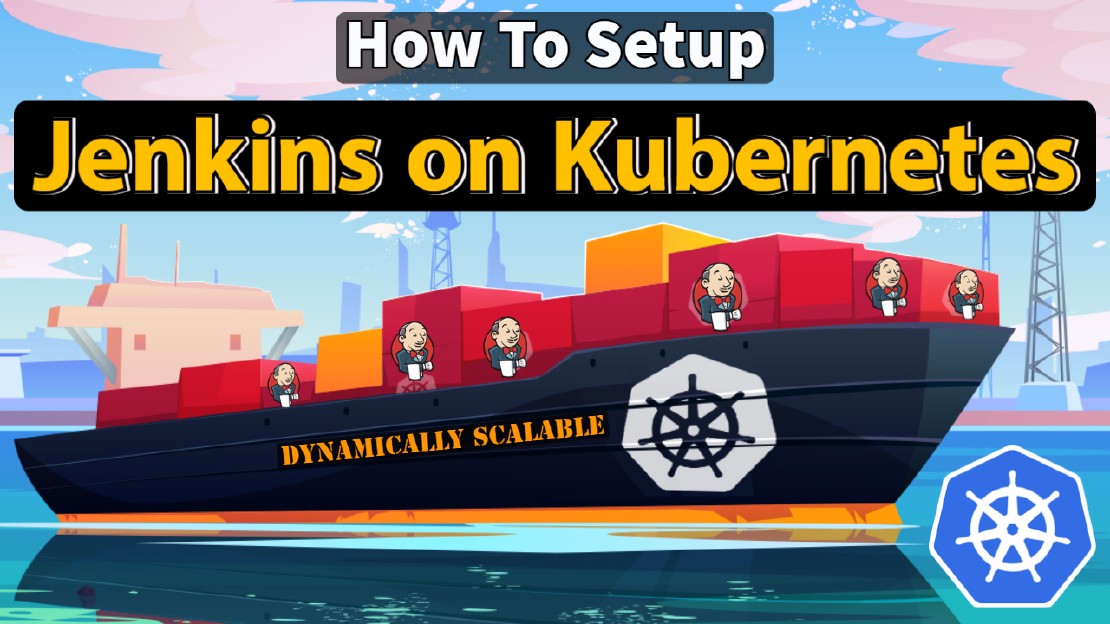How To Run Microsoft SQL Server On Kubernetes - Azure Kubernetes Service
Prerequisites:
1. Run the Azure CLI with the az command.
1.1 Run the login command.
az login
Login in the browser with the azure account.
2. Activate the correct subscription.
Azure uses the concept of subscriptions to manage spending. You can get a list of subscriptions your account has access to by running:
az account list --refresh --output table
Choose correct subscription (If it has more than one)
SubscriptionId : cfg55fb3-ck7f-4342-6a1a-f934d2254ca7
Name : DigitalAvenue azure subscription
2.1 Select Subscription
Pick the subscription you want to use for creating the cluster, and set that as your default. If you only have one subscription you can ignore this step.
az account set -s <YOUR-CHOSEN-SUBSCRIPTION-NAME>
az account set -s cfg55fb3-ck7f-4342-6a1a-f934d2254ca7
3. Create a Resource Group
3.1 Choose location Cluster has to be resided
az account list-locations --query '[].name'
OR
az account list-locations --query "sort_by([].{DisplayName:displayName, Name:name}, &DisplayName)" --output table
List location from above command
3.2 Create the Resource group
az group create --name DigitalAvenueRSG --location uksouth
For eg:
az group create --name <RESOURCE_GROUP_NAME> --location <AZ Location>
4. Create AKS cluster
4.1 Generate ssh key pair
ssh-keygen -f ssh-key-<CLUSTER-NAME>
For eg:
ssh-keygen -f ssh-key-DigitalAvenue
4.2 Download and install kubectl and kubelogin
az aks install-cli
Note: Follow the guidelines with the command output
4.3 Deploy K8S Cluster on AKS
Choosing VM Type:
References:
https://docs.microsoft.com/en-us/azure/virtual-machines/sizes-b-series-burstable
https://azure.microsoft.com/en-us/pricing/details/virtual-machines/ubuntu-advantage-standard/
This process may take few minutes. Please wait until it completed.
az aks create --name DigitalAvenue-Cluster --resource-group DigitalAvenueRSG --ssh-key-value .\ssh-key-DigitalAvenue.pub --node-count 1 --vm-set-type VirtualMachineScaleSets --load-balancer-sku standard --enable-cluster-autoscaler --min-count 1 --max-count 2 --node-vm-size Standard_B4ms --output table
For eg:
az aks create --name <CLUSTER-NAME> \
--resource-group <RESOURCE_GROUP_NAME> \
--ssh-key-value ssh-key-<CLUSTER-NAME>.pub \
--node-count 1 \
--vm-set-type VirtualMachineScaleSets \
--load-balancer-sku standard \
--enable-cluster-autoscaler \
--min-count 1 \
--max-count 2 \
--node-vm-size <VM Type> \
--output table
5. Connect to cluster
5.1 Connect to AKS cluster using following command (Authentication)
az aks get-credentials --resource-group <Resource-Group-Name> --name <AKS-Cluster-Name>
For eg:
az aks get-credentials --resource-group DigitalAvenueRSG --name DigitalAvenue-Cluster
5.2 Verification
kubectl get nodes
This command will returns the created cluster node name and status
Deploying SQL Server Container in Kubernetes with AKS
6. Manage AKS Cluster
Available Features:
- High Availability
- Data Persistency - (Even after a DB crash event)
- Resiliancy - If SQL Server fails, kubernetes automatically recreate DB in a new pod
6.1 Create a namespace
vim DigitalAvenue-ns.yaml
apiVersion: v1
kind: Namespace
metadata:
name: DigitalAvenue
kubectl apply -f DigitalAvenue-ns.yaml
6.2 Create SA Password - Secret Password For SQL
SA manages sensitive information such as DB passwords and configurations.
Provide secure passwrd before creating a SA secret
kubectl create secret generic mssql --from-literal=SA_PASSWORD="<Secure-Password>" -n <NameSpace>
For eg:
kubectl create secret generic mssql --from-literal=SA_PASSWORD="PaSsW@rD" -n DigitalAvenue
8. Create a Persistent Storage
8.1 Create “PersistentVolumeClaim” and “PersistentVolume”
vim db-pvc.yaml
kind: StorageClass
apiVersion: storage.k8s.io/v1
metadata:
name: azure-disk
namespace: DigitalAvenue
provisioner: kubernetes.io/azure-disk
parameters:
storageaccounttype: Standard_LRS
kind: Managed
---
kind: PersistentVolumeClaim
apiVersion: v1
metadata:
name: mssql-data
namespace: DigitalAvenue
annotations:
volume.beta.kubernetes.io/storage-class: azure-disk
spec:
accessModes:
- ReadWriteOnce
resources:
requests:
storage: 15Gi
Create PersistentVolumeClaim
kubectl apply -f .\db-pvc.yaml -n DigitalAvenue
verify and check status
kubectl get pv,pvc -n DigitalAvenue
kubectl describe pvc mssql-data -n DigitalAvenue
9. Create the deployment
MSSQL Container based on following Docker image: https://hub.docker.com/_/microsoft-mssql-server
9.1 Create Kubernetes manifest for the MSSQL deployment.
vim db-deployment.yaml
apiVersion: apps/v1
kind: Deployment
metadata:
name: mssql-deployment
spec:
replicas: 1
selector:
matchLabels:
app: mssql
template:
metadata:
labels:
app: mssql
spec:
terminationGracePeriodSeconds: 30
hostname: mssqlinst
securityContext:
fsGroup: 10001
containers:
- name: mssql
image: mcr.microsoft.com/mssql/server:2019-latest
ports:
- containerPort: 1433
env:
- name: MSSQL_PID
value: "Developer"
- name: ACCEPT_EULA
value: "Y"
- name: SA_PASSWORD
valueFrom:
secretKeyRef:
name: mssql
key: SA_PASSWORD
volumeMounts:
- name: mssqldb
mountPath: /var/opt/mssql
volumes:
- name: mssqldb
persistentVolumeClaim:
claimName: mssql-data
---
apiVersion: v1
kind: Service
metadata:
name: mssql-deployment
spec:
selector:
app: mssql
ports:
- protocol: TCP
port: 1433
targetPort: 1433
type: LoadBalancer
Environment variables
MSSQL_PID: Edition : Developer (Enterprise, Standard, or Express)
ACCEPT_EULA: License Agreement : Y
SA_PASSWORD: MSSQL Password Secret : [Added at the step 6.1 ]
Service
Network Service: loadbalancer
Apply deployment
kubectl apply -f db-deployment.yaml -n DigitalAvenue
9.2 Verify the Deployment
kubectl get pv,pvc,pod,deployment,svc,secret -n DigitalAvenue
Execute below command to get more information about the cluster. It will automatically redirect you to Azure Portal.
az aks browse --resource-group <MyResourceGroup> --name <MyKubernetesClustername>
az aks browse --resource-group DigitalAvenueRSG --name DigitalAvenue-Cluster
9.3 Connect to the SQL Server instance
Using “sqlcmd” CLI
sqlcmd -S <External IP Address> -U sa -P "PaSsW@rD"
Deploy Production Grade Kubernetes Cluster on Azure AKS
Introduction This tutorial is intended to demonstrate how to setup your 1st Kubernetes cluster on Azure Kubernetes Services (AKS). This tutorial will cover up all the steps that you need to setup complete AKS cluster.
Getting Started With Docker - Quick Start Guide
Getting Started With Docker - Quick Start Guide Docker Engine Platform as a Service (PaaS) Cloud platform service. Allows you to manage its application and data.
How To Setup Jenkins Server on Kubernetes - Master Slave Setup
Jenkins is the most commonly used and popular open-source CI/CD tool used by many famous companies worldwide. We don’t need to have a second thought of it since the biggest companies like Facebook, Udemy, NetFlix, LinkedIn and many more companies using Jenkins with confidence.


